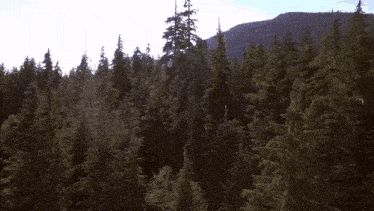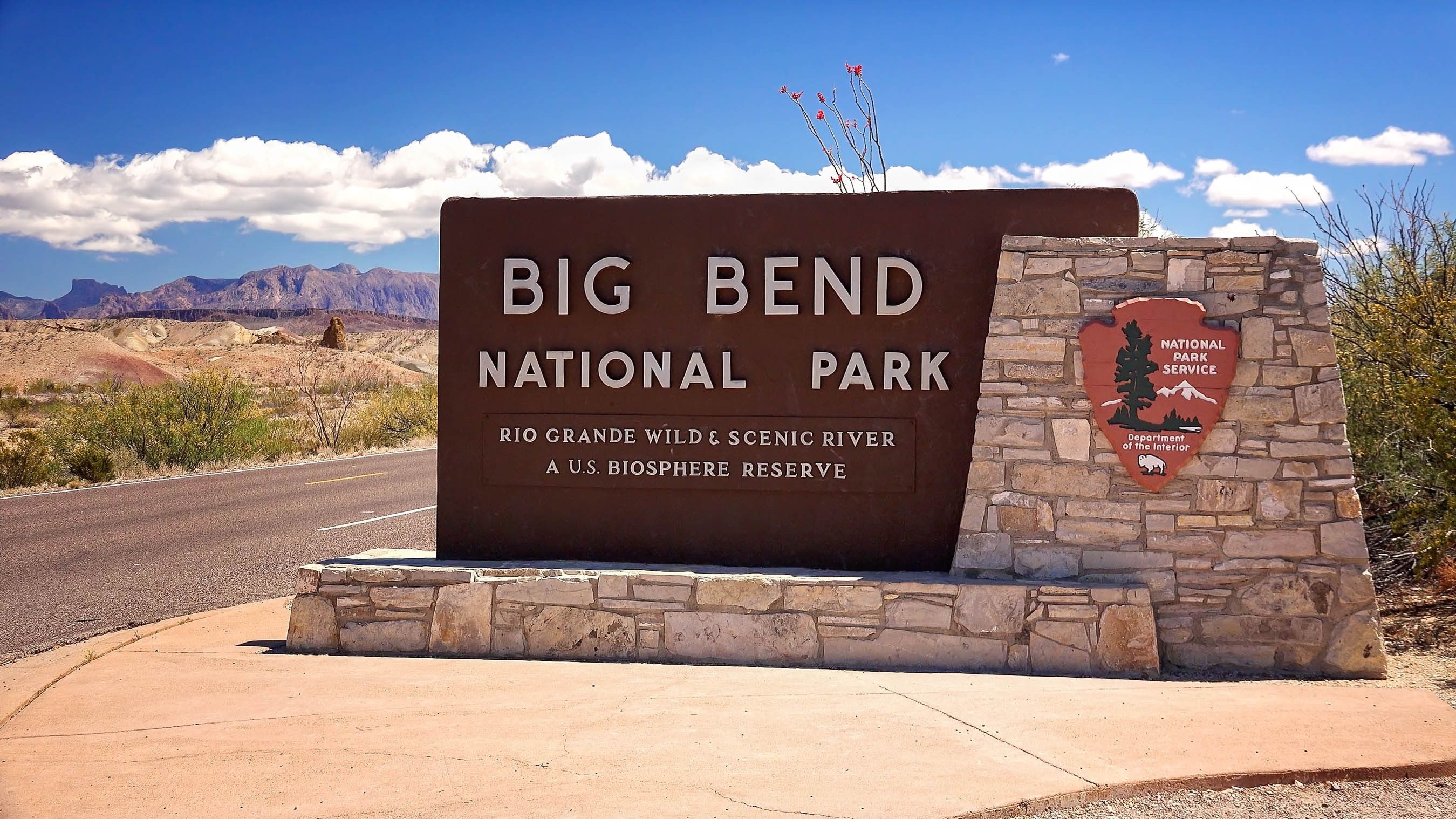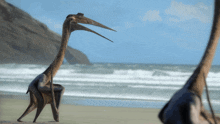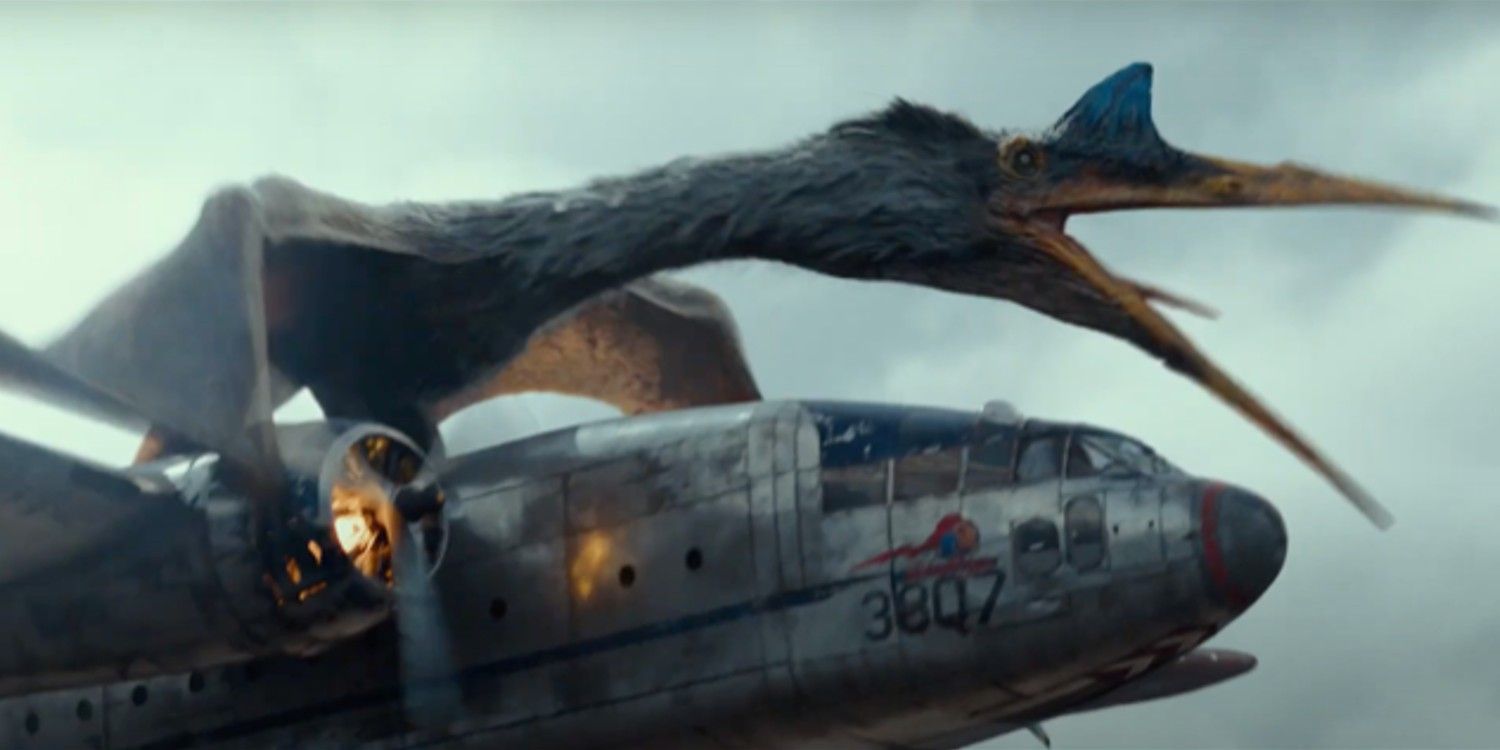Exciting New Releases: ZD Toys Collection & Superman Collection
Exciting New Releases: ZD Toys Collection & Superman Collection

Quetzalcoatlus Behavior, History & Film Debut — What Jurassic World Got Right (and Wrong)
May 07, 2025 5 min read
Quetzalcoatlus — a name that echoes through the final days of the dinosaurs — was one of the most extraordinary creatures ever to take to the skies. Soaring above what is now Texas during the Late Cretaceous period, between 72 and 66 million years ago, this colossal pterosaur belonged to a group called the Azhdarchidae — a family of long-necked, toothless flyers that pushed the very limits of what life in the air could become.
Its name pays homage to Quetzalcoatl, the feathered serpent god of ancient Mesoamerican myth — a fitting title for an animal that defied belief. Quetzalcoatlus wasn't just big — it was the largest known flying animal to have ever lived.

The giant of the genus, Q. northropi, was first named in 1975 by Douglas Lawson, while a smaller, more recently recognised species — Q. lawsoni — lingered without a formal name for decades until it was finally described in 2021 by Brian Andres and the late Wann Langston Jr.
From myth to science, from earthbound bones to skybound legends, Quetzalcoatlus stands as a testament to the grandeur of prehistoric life.
Discovery

It was 1971, deep in the rugged terrain of Big Bend National Park, Texas, when the bones of a giant emerged from ancient stone. From the Maastrichtian-aged Javelina Formation, dating back some 68 million years, a partial wing was unearthed — not by a seasoned paleontologist, but by Douglas A. Lawson, a young graduate student from the University of Texas at Austin. That single wing, made from the elongated fourth finger of a prehistoric flyer, would hint at something unimaginable: a creature that once ruled the skies with a wingspan stretching over 10 metres — Quetzalcoatlus.
Characteristics

Over time, fiction has tried to resurrect this sky titan — with mixed results.
In the seventh film of the Jurassic franchise, InGen’s version of Quetzalcoatlus bears little resemblance to the real creature, or to any known azhdarchid. These fictional beasts sport a keel-like crest on the beak, an echo of outdated reconstructions long since revised. Smaller than the terrifying giants seen before, they were described as having a wingspan akin to a fighter jet — a nod, at least, to their prehistoric proportions. Visually, they were striking: dark grey, with an orange beak and a splash of blue pycnofibres trailing down the neck — a speculative flourish, but an evocative one.

Then there are the so-called Biosyn clones. Whether they truly originated from Biosyn is unclear — especially since sightings occurred beyond the confines of the sanctuary. These versions, however, echo their real-life counterparts more faithfully. They sport a blue head crest, black and orange wings, and a body cloaked in light grey pycnofibers, with a black tuft crowning the back of the head. Curiously, they also possess four toes — not used for gripping, but simply present, hinting at a deviation in cloning methods. And in a breathtaking leap of scale, their wingspan is no mere 10 or 11 metres — but an astonishing 30 metres, a size that defies both biology and gravity.
Behaviour

In the skies, few creatures dared to challenge Quetzalcoatlus — a soaring apex predator that dominated the air with power and precision. These pterosaurs were not picky eaters; they hunted live prey with ruthless efficiency, yet had no qualms about scavenging the remains of the dead. Possessive and fiercely territorial, they have been seen snapping at flocks of Pteranodon, driving them off from carcasses or claimed kills with powerful jabs of their elongated beaks.
But Quetzalcoatlus's aggression isn't limited to rivals. Like the much smaller Pteranodon, they seem to interpret aircraft as intruders. One was seen attacking Kayla's plane over the Biosyn Sanctuary, slamming into it with terrifying force — a reminder that these creatures don’t recognize the boundary between prehistoric instinct and modern technology.
When not in flight, Quetzalcoatlus displays behaviours strikingly similar to modern birds. They are known to build nests from sticks and branches, choosing high, remote places like cliffsides or skyscrapers — locations that offer both safety and prime takeoff points. What’s more, they don’t raise their young alone. Both parents, and sometimes other members — perhaps extended family — take part in guarding the eggs.
That vigilance turns lethal when threatened. When one team dared to extract DNA from an unguarded nest, the response was swift and brutal. A Quetzalcoatlus descended in fury, its protective instincts triggered. These ancient fliers not only return regularly to inspect their nests — they also take decisive, violent action against anything they see as a danger to their young.
In another moment of eerie beauty, three Quetzalcoatlus were seen gliding alongside a massive flock of geese and Pteranodon, following their formation in silent synchrony. Were they migrating together? Or simply hunting? The skies gave no answer — only the chilling image of giants among birds, blending past and present in a single, soaring moment.
History
In the Distant Past
In the final days of the Cretaceous, the skies belonged to giants. On one ancient day, four Quetzalcoatlus descended from the clouds, landing near a gathering of Pteranodons, their immense wings casting shadows over a carcass being scavenged — a reminder that even kings of the air relied on death to survive. Elsewhere, one lone Quetzalcoatlus passed unbothered between a titanic clash on the ground — a brutal fight between Giganotosaurus and Tyrannosaurus rex — soaring through history like a silent witness to Earth’s greatest beasts.
In the Modern Age — Jurassic World: Dominion
By 2022, the age of giants had returned. The Department of Prehistoric Wildlife confirmed what many thought impossible: Quetzalcoatlus, circling the skies of Toronto, Canada — two of them, gliding around the CN Tower, as if reclaiming the sky itself.
Soon after, another extraordinary sight: a nest perched atop One World Trade Center in New York City. One adult stood guard over its territory while a second — likely its mate — soared nearby. Once, such creatures ruled ancient cliffs and highlands. Now, they watched over the modern world's concrete peaks.
One Quetzalcoatlus found itself within the Biosyn Sanctuary, a high-tech refuge equipped with an Aerial Deterrent System (ADS) — a system designed to keep airborne creatures below 500 feet, safely away from human airspace. But when the ADS was disabled, chaos followed. As Kayla’s transport plane entered restricted airspace, a Quetzalcoatlus struck with primal fury, attacking Owen, Claire, and Kayla mid-flight in a harrowing encounter that left both machine and man humbled.
Later, as fire — ignited by genetically engineered locusts — raged through the sanctuary’s forest, the skies once again became a haven. Quetzalcoatlus, along with other pterosaurs, escaped the inferno, lifting off into the smoky air in search of new safety, new skies.
And as the film closes, a final image lingers: three Quetzalcoatlus soaring in formation, flanked by Pteranodons and wild geese, a surreal and powerful tableau. Prehistoric and modern, side by side — an impossible flock, migrating through a world forever changed.
From fossilized wings buried in Cretaceous stone to cinematic glory in Jurassic World: Dominion, Quetzalcoatlus has once again claimed its place as the undisputed king of the skies. Its legacy is a stunning blend of prehistoric power and modern imagination — a creature that continues to inspire awe across science, film, and fantasy.
Whether you're a lifelong dino enthusiast, a curious newcomer, or a fan of the franchise, Quetzalcoatlus reminds us that some legends are just too big to stay grounded.
Take flight with our exclusive deals — get up to 40% OFF on all Jurassic World-themed products! Click Here to visit our website today and gear up like a true fan!
Subscribe
Sign up to get the latest on sales, new releases and more …
